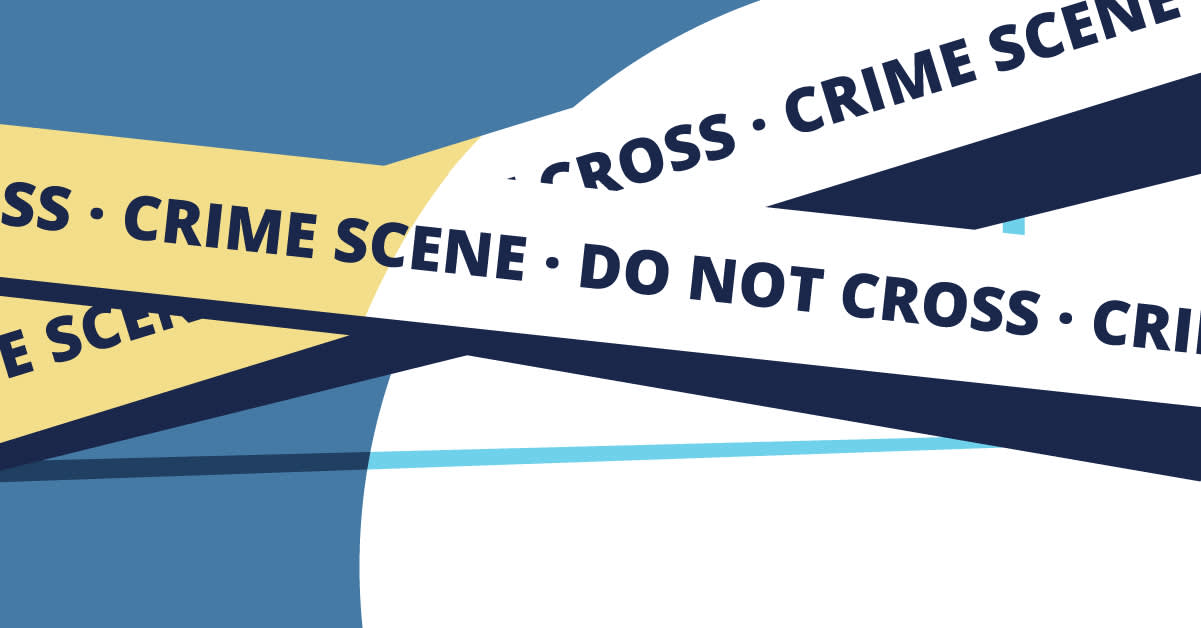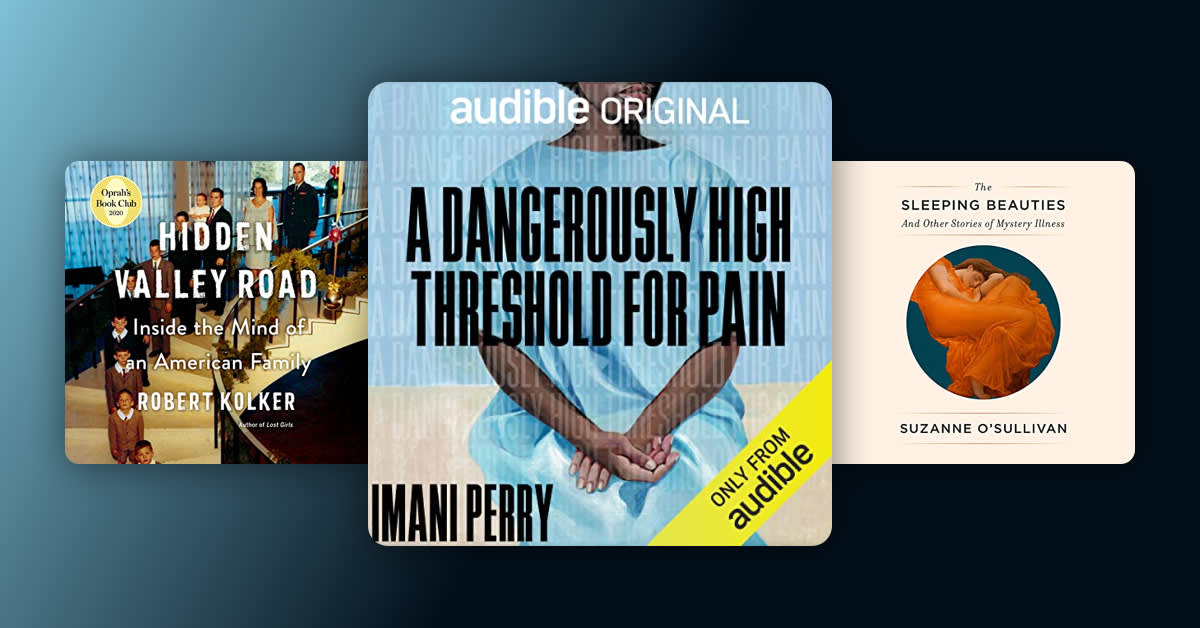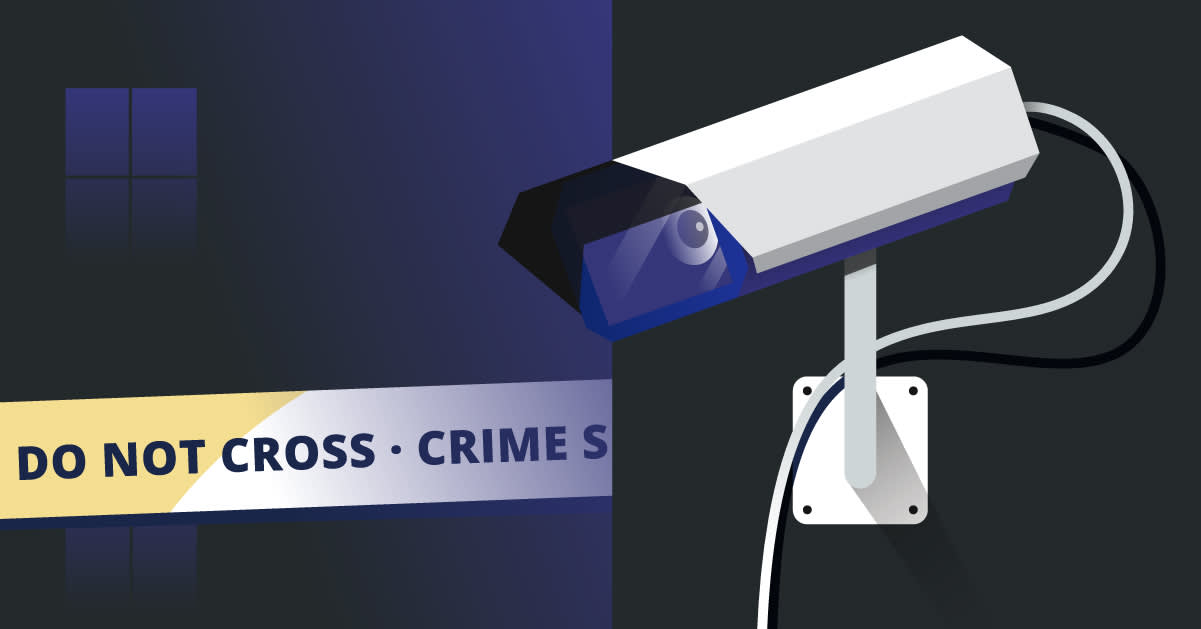It is a truth universally acknowledged in the annals of true crime that late-20th-century America, from roughly the 1960s to the end of the millennium, was a golden age for serial killers. Somewhere between the increased mobility afforded by highway expansion and the dawn of near-ubiquitous surveillance technologies, these anonymous predators flourished, their dastardly deeds terrifyingly inexplicable and extravagantly bizarre. What’s more, the Pacific Northwest seemed to draw more than its fair share, counting Gary Ridgway, Jerry Brudos, Kenneth Bianchi, Israel Keyes, and the most famous serial killer of all, Ted Bundy, among its former residents.
Sure, the vast unspoiled woods and remote reaches of the region could be awfully tempting for someone looking to engage in crime or dispose of the evidence. But Caroline Fraser, author of the Pulitzer Prize-winning biography , about Laura Ingalls Wilder, had another theory. A Washington native who was a teenager during Bundy’s reign of terror, Fraser got interested in the lead-crime hypothesis, which correlates fluctuations in violent crime with lead exposure. Her new book, , is a fascinating blend of memoir, crime, and environmental devastation that explores the possible relationship between lead and some of America’s most notorious criminals.
Kat Johnson: At first blush, Murderland feels like a hard swerve from your last book, Prairie Fires. Can you tell us about what ignited your curiosity on this topic and how it became a book?
Caroline Fraser: I'd been thinking about the serial killer aspect of this—the question of why there are so many serial killers in the Pacific Northwest—for years, decades really. But never really thought of it as a book. But when I became aware of the story of the ASARCO smelter in Tacoma, and the idea that lead could lead to violent crime in those who were exposed, that really galvanized me. That became to me the foundation of a whole narrative.
I loved your introduction, where you liken your findings to the iconic “crazy wall” immortalized on detective and true crime shows. But the lead-crime hypothesis is compelling, and you provide plenty of reasons throughout the book why it’s not so “crazy” at all. Why did you want to preface the book this way—was it because of reactions you got from people in your life, your own journey through the narrative, or other factors?
The crazy wall image seems appropriate because there are a number of seemingly random events or recurrent "characters" that crop up (the floating bridge, for example). Those things always felt to me like photos added to a crazy wall, and it takes time for their relevance to unfold or be revealed in the narrative. And since the crazy wall is such a ubiquitous visual image, I thought it would prepare readers for what was to come.The environmental crimes are so outrageous, and I often felt angry writing about them because they concern the deliberate poisoning for whole generations of people for profit. But I also felt it was necessary to describe the serial killers' acts because they dovetail with the serial despoilment of the environment and also show how robot-like these men became, almost like automatons. That behavior fits with the kind of lead exposure I'm describing, although it may also have been fed by brain damage caused by abuse, for example.
“Murderland” investigates serial killing and asks, what’s lead got to do with it?
Pulitzer Prize winner Caroline Fraser probes the mysterious proliferation of murder in her native Pacific Northwest.




